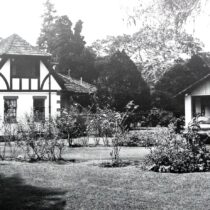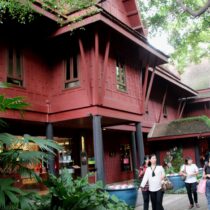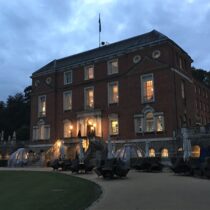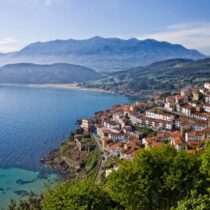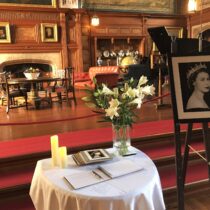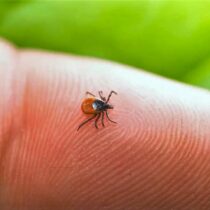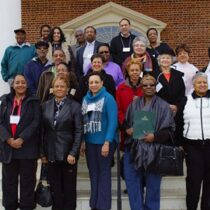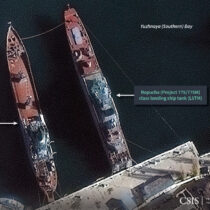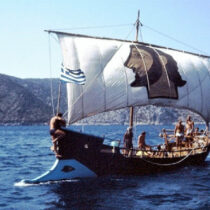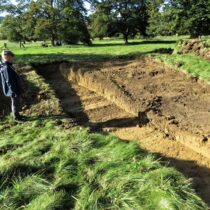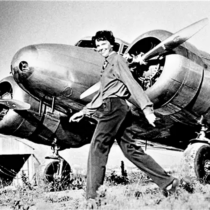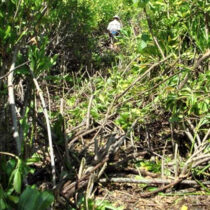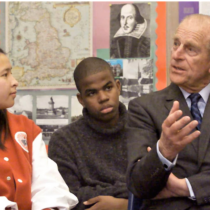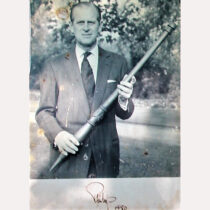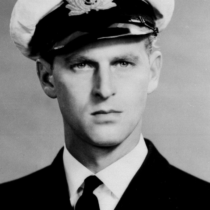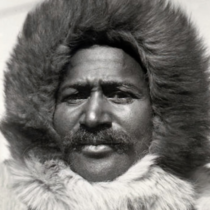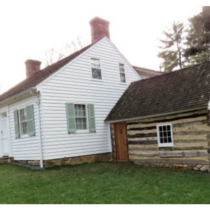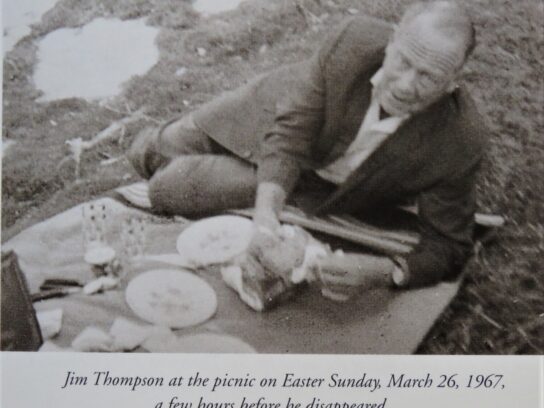
Recall from my articles last month and the month before, that the Barry Broman film “Who Killed Jim Thompson?” asserts that the famous American, Jim Thompson, the “Silk King of Thailand,” was killed by Communist terrorists in the Cameron Highlands of Malaysia in 1967. Thus, Broman claims he has solved the greatest modern disappearance mystery in Asia. But consider the following issues with the film and Broman’s Q&A at the FCCT (Foreign Correspondents Club of Thailand):
First, and most importantly, there is no physical evidence, no body, no murder weapon, no report, no documents, and no name of the actual killer or his descendants or living relatives or associates that might be interviewed.
Second, both ex-Thai Prime Minister Pridi and Jim were highly experienced in intelligence work. Hence the initial invitations from Pridi to Willis Bird, Sr. and Jim Thompson to meet would have almost certainly had clear instructions on how to keep the communication channel open, how to arrange the future meeting, and how to use careful “OpSec” (operational security) to keep all the arrangements super-secret. So why would Jim need to reach out to low level, unknown Communists in central Malaysia, in a very dangerous manner? Why would he have to “put out feelers” if he had been given instructions on who to contact? And how would he even put out “feelers” to strangers in a tiny remote town he had only visited twice before?
Third, why would Jim go 800 miles out of his way, in a very circuitous air-land-mountains route to a remote resort in central Malaysia, to make contact with someone to set up a meeting in China (or Cambodia), when there were more readily available Communist contacts nearby in Cambodia, only 158 miles to the east of Jim’s home in Bangkok? Willis Bird, Jr. alleges that it would have been difficult for Jim to cross the Thai/Cambodian border, but I did that four times in the 1960s with no trouble. Willis Bird, Jr. also stated that “Pridi did not spend most of his time in 1967 in China, but was usually in Cambodia.” So why not meet in a quiet village in Cambodia, near the Thai border, and convenient to Jim’s home in Bangkok and to Pridi in Cambodia? They had the 508-mile-long Thai-Cambodian border to find a place. I showed in my separate report on geo-locating a Jim Thompson cave in central Thailand, that Jim was quite happy to jump in a jeep and drive over rough trails and even cross-country to distant, remote parts of the jungle. Yet Willis Bird, Jr. asserts that a dangerous 1300-mile air-land-mountain-sea journey to Cambodia via Malaysia was the “most logical” route for Jim to meet Pridi. This is not credible.
Consider that the US Defense Intelligence Agency January 1968 secret report (since declassified) on the SE Asia region states that US military assistance to all three Cambodian military branches only ended in November 1963 – hence there should have been numerous remaining contacts still available in March of 1967. This same report says that Thai-Cambodian relations at this time were rather tense, but makes it clear that Prince Norodom Sihanouk, the leader of Cambodia, was in reasonably firm control of his country and borders (except for some areas on the east with South Vietnam), that Chinese Communist influence in Cambodia was moderately strong but actually declining slightly, and that the Thai-Cambodian border was open.
Fourth, why was Jim supposedly trying to contact and meet with the dangerous CPM terrorist Chin Peng in the mountains of Malaysia, when what he really wanted was to meet with his old friend Pridi for a chat in Cambodia or China?
Fifth, Jim could not have been “observed for 1-2 weeks” at the Moonlight Bungalow, as asserted. In fact, Jim was only there for two and a half days. Given that Broman and his associates state that communications were quite difficult in that period, how could the CPM thoroughly “check out” this unknown American from Bangkok in only a day or two? (During the 1960s, communications in the region were so terrible that my parents and I only made one phone call per year back to the US, at Christmas. We had to make an appointment a week in advance and go down to the Post and Telegraph Department HQ to make the call, and then the 5-minute call was 95 percent unintelligible!)
Sixth, the filmmakers assert that on the morning of the disappearance, the owner of the Moonlight Bungalow, Dr. Ling, announced at breakfast that he had “found a new trail down to the golf course in town,” and in a confusing statement, they seem to imply that Jim hiked that trail in the morning and then went hiking again in the afternoon, when he disappeared. But this is a misstatement of the actual facts. As described in detail in my 2015 report, using reliable contemporary sources, Jim and his host Dr. Ling took a cross-country hike to the golf course the day before the disappearance, and got lost in the jungle in that half mile distance. (And astoundingly, Jim actually enjoyed being lost!) On the morning of the disappearance, Jim went to church and to a picnic, and only went on one hike that Sunday, in the afternoon.
Seventh, I have visited and slept at the Moonlight Bungalow, where Jim stayed on his last weekend. It is on top of a steep conical hill, at the end of a dead-end road, and is very, very quiet. Jim’s hosts heard him crunch on the gravel as he walked away on his last hike. Wouldn’t they or the servants have heard a noisy 1960s truck or car struggling up the hill to pick up Jim? But they reported nothing like that.
Eighth, is it credible that Teo Pok Hwa and his CPM group would not have checked with his superior Chin Peng, the CPM Secretary-General, before killing the most famous American in Thailand, who had been thoroughly “checked out,” and who would have thus been revealed as one of the most connected men in the world? Consider that Chin Peng does not even mention Jim in his detailed autobiography. (Sadly, the long-hoped-for autobiography of the deceased Pridi has never surfaced.)
Ninth, the “confession” of Teo Pok Hwa to his nephew does not say that Teo actually killed Jim or even witnessed the killing or saw the body. Teo was apparently not a direct witness, rather it seems clear that (if he is telling the truth) he heard a story from a CPM compatriot that Jim had been eliminated by the CPM. This is hearsay evidence only. There could be many reasons why the compatriot might be lying or mistaken. Perhaps he or the originator of the story wanted to aggrandize the reputation of the CPM by claiming credit for what was actually an unrelated accident in the jungle. Perhaps the originator of the story wanted to aggrandize his own reputation. Perhaps the story originated through the “telephone” game, in which a story is passed on through many people and is wildly distorted at the end of the chain. Perhaps the story originated from a disinformation campaign to discredit the CPM, showing their stupidity and cruelty in killing a creative, wealthy man they could have held for a major ransom.
Tenth, Willis Bird, Jr.’s story is that Jim was taken by boat 500 miles across the Gulf of Siam from Malaysia to Cambodia, and hence was apparently killed there or in China by the Chinese Communists, while Teo Pin’s story is that Jim was killed in the Cameron Highlands by the Communist Party of Malaya. Both cannot be true.
Eleventh, if we take the sequence of about six alleged dependent events in the disappearance (as described last month), and assign a probability to each event, we can calculate the overall sequence probability. Consider if each event is, say, on average 90% likely, or is only 60% likely. This dependent, multiplicative series can then be calculated as .90 or .60 to the sixth power, hence with a probability of only between 48% and 3%.
Twelfth, in the film and Q&A the term “Moonlight Cottage” is often used. The correct name for this important and well-known location, the Last Known Point (LKP, a technical term in search and rescue) for Jim Thompson, is the “Moonlight Bungalow.”
Thirteenth, I asked Mr. Broman on at least two occasions if he would sell or send me a copy of his film, soon after it came out, so I could review it. He repeatedly refused, stating that “it was not yet released in the US.” Yet the film premiered in Oregon in October 2017! IMHO, good scientists with credible evidence are happy to have other scientists review their work. The film itself only apparently recently surfaced on YouTube, having evidently never been commercially released in the US.
Fourteenth, it is very evident that the film writers did not even bother to read my very substantive report on the case, not even the new primary documents I was able to obtain. (This report was made available to them, in May 2017 when Mr. Broman called me out of the blue to question me about my involvement in the case. On May 26, 2017, in an email he acknowledged that “you have put a lot of time and effort” into the investigation, and the next day I reminded him via email that “my report, stories, briefings, vids, etc.” were all available to him, free, on my website.) For example, Mr. Broman was asked in the Q&A if there was any evidence that Jim was active in intelligence work after resigning from the OSS (which happened on 1 January 1947, as shown in the resignation letter I obtained from a FOIA to the CIA). He said there was none. In fact, in my report I presented a 1950 US DoS memo showing that Jim was then running materiel to the Viet Minh to help fight the French in Indochina, an obvious intelligence operation.
Fifteenth, Mr. Broman himself, while touting the film as “solving the case,” stated in the Q&A that “the case is not conclusively solved, in that we don’t know who did it, what weapon was used, or where the body is.”
Because of all these issues, I must respectfully argue that the Jim Thompson case is still unsolved. I will say that I think the probability that Jim was kidnapped and killed by Communist terrorists in the Cameron Highlands has gone up – somewhat. And the probability that Jim’s remains are in the jungle, left there due to an accident near the Moonlight Bungalow, has gone down – a bit.
In modern search and rescue/recovery, secret ballot “Mattson voting” is used by search leaders to allocate resources to optimize search operations. If I had a large budget to spend on searching for Jim’s remains, I would now allocate 10% to investigating Broman’s assertions, where previously I would have allocated about 5%. I would now allocate 70% to thoroughly searching the jungle in an arc west of the Moonlight Bungalow using modern techniques such as historic human remains detection (HHRD) dogs, and 20% to investigating other possibilities, such as murder by business rivals, kidnapping gone wrong, or searching east of the town — an area not searched at all in 1967.
So, fellow search team member, how would you vote?
To view Barry Broman’s 45-minute film and 67-minute Q&A at the Foreign Correspondents Club of Thailand, go to: https://www.youtube.com/watch?v=-cic9Wh-MSw
To read my report and earlier stories, and to see my briefings on the case, see Academia.edu (with a paywall) or my “TheMostTraveled” website at: http://www.themosttraveled.com/The%20Disappearance%20of%20Jim%20Thompson%20FINAL%20redacted.pdf (free).
Photos courtesy Lew Toulmin
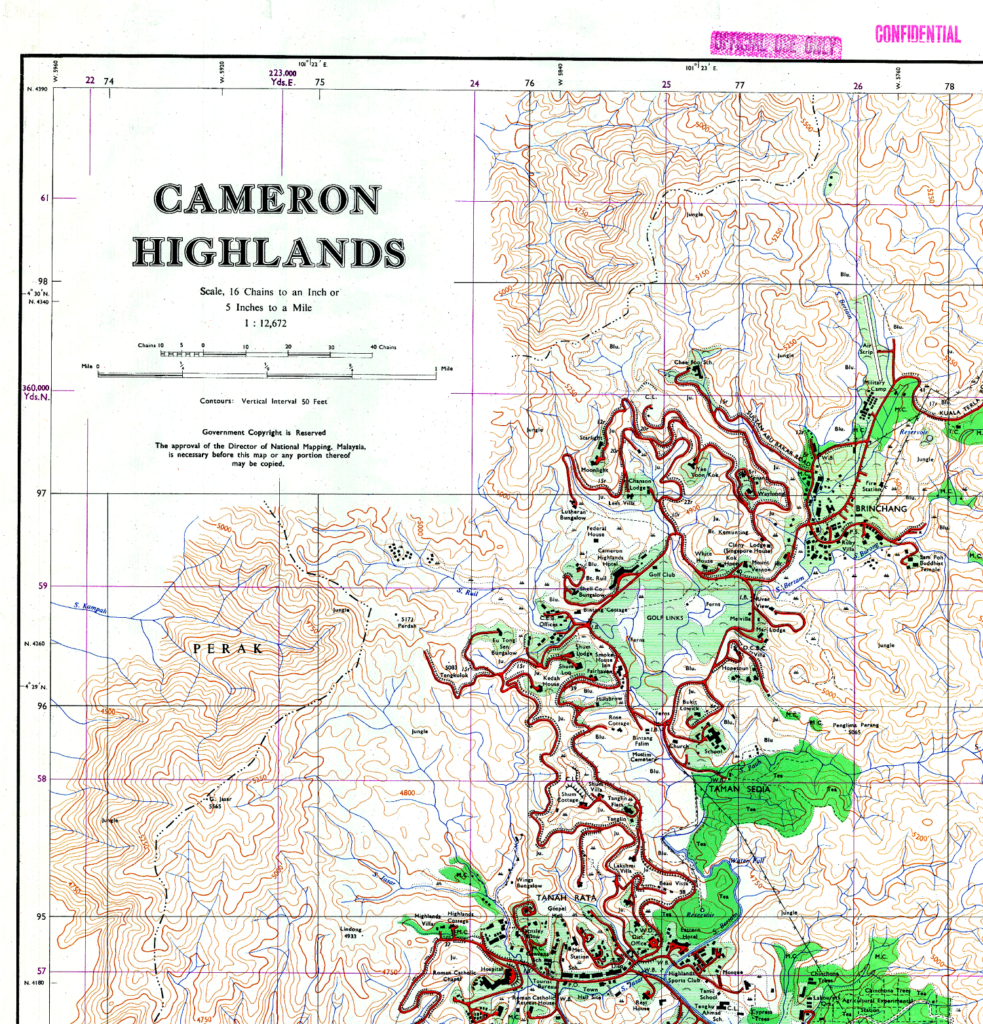
1963 Map of the Cameron Highlands marked Official Use Only and Confidential, found uncatalogued at the Library of Congress Geography and Map Room. This is almost certainly the map version used by searchers looking for Jim Thompson in 1967. Note the confusing conical hills, rough terrain, and huge areas to the northwest with no roads or trails at all. The Moonlight Bungalow, marked as “Moonlight,” is at the dead end of the red road, east of the words in the map legend that say “may be copied.”
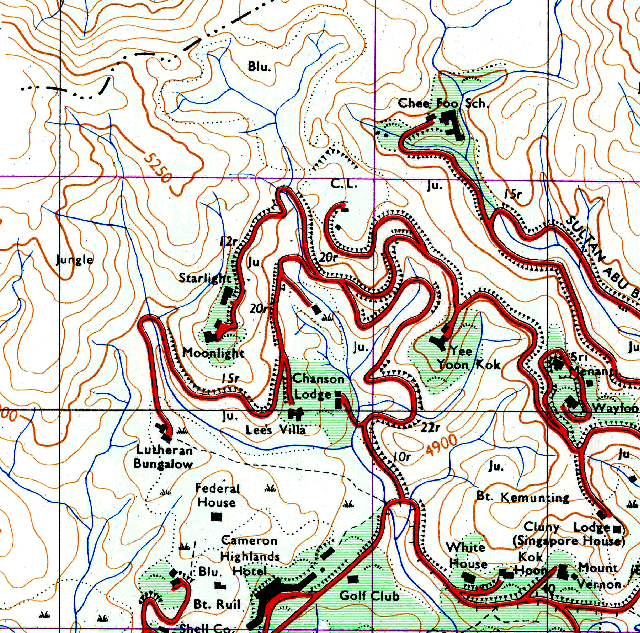
Closeup of the search area. Note the short half mile distance from the Moonlight Bungalow (marked “Moonlight”) to the Golf Club, SSE of the Bungalow. In that short distance of jungle Jim and his host got lost for four hours the day before Jim’s final disappearance.
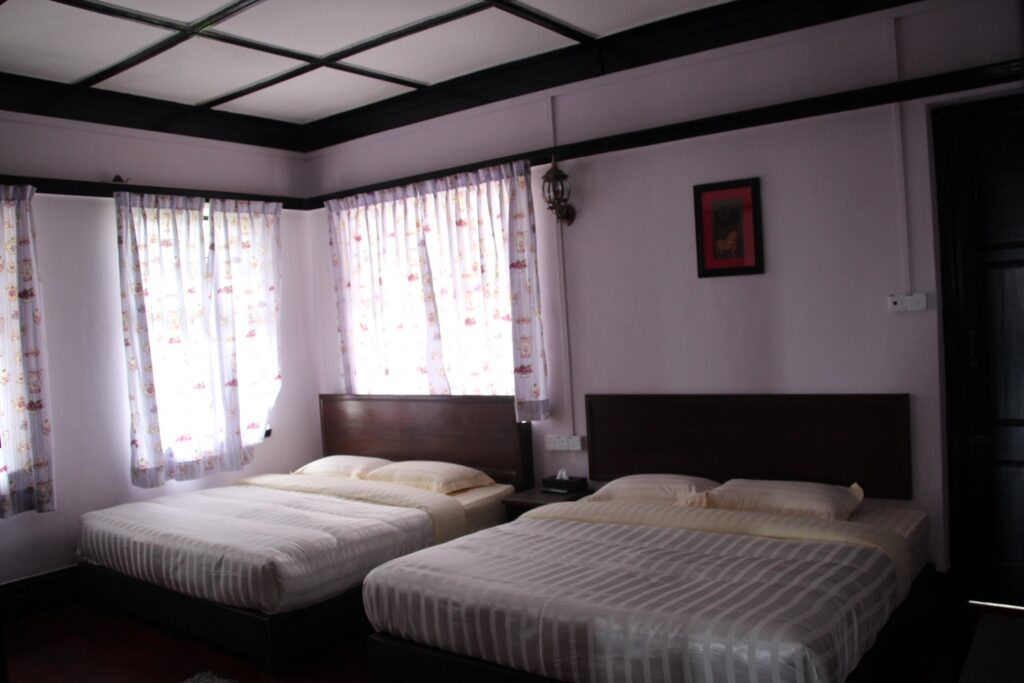
The Jim Thompson bedroom at the Moonlight Bungalow, where you too can stay the night. Just don’t disappear!
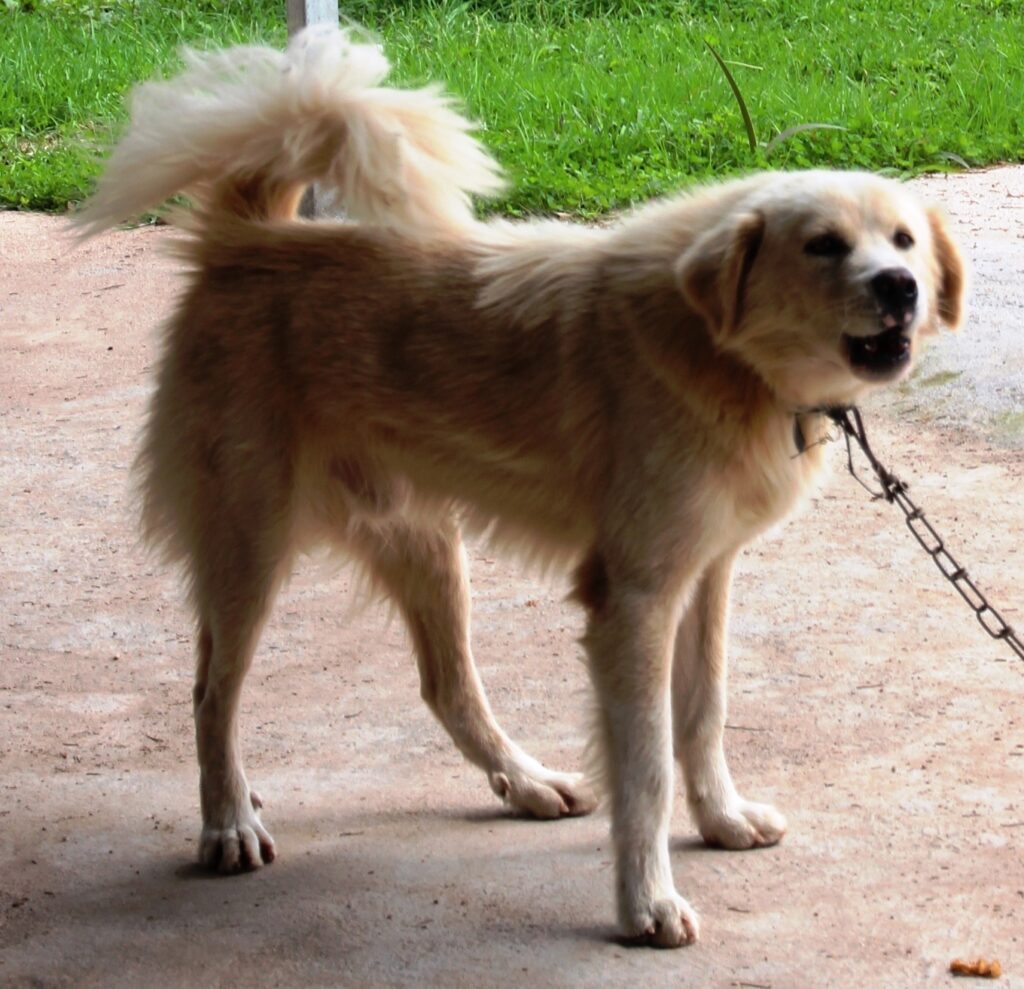
The type of mixed breed search dog used in a bloodhound trailing mode, during the 1967 search, according to search leader Captain Mohammad.
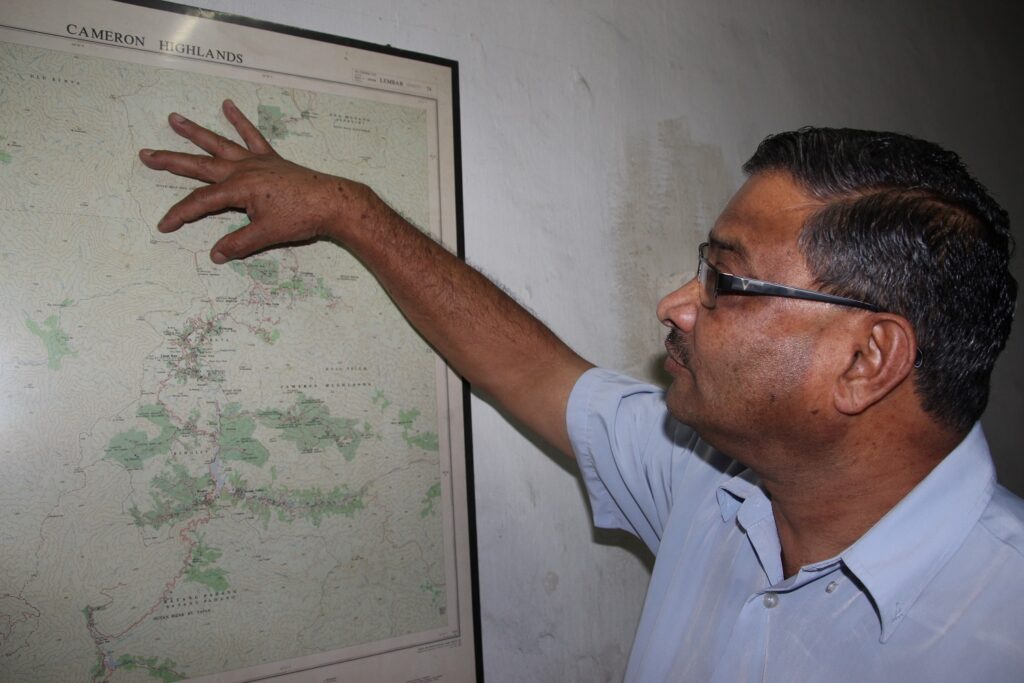
Perak Aleyak was a Boy Scout in 1967 and he and his troop searched for Jim Thompson on a nearby mountain. I interviewed him in 2013. Note the 1963 map on his wall.
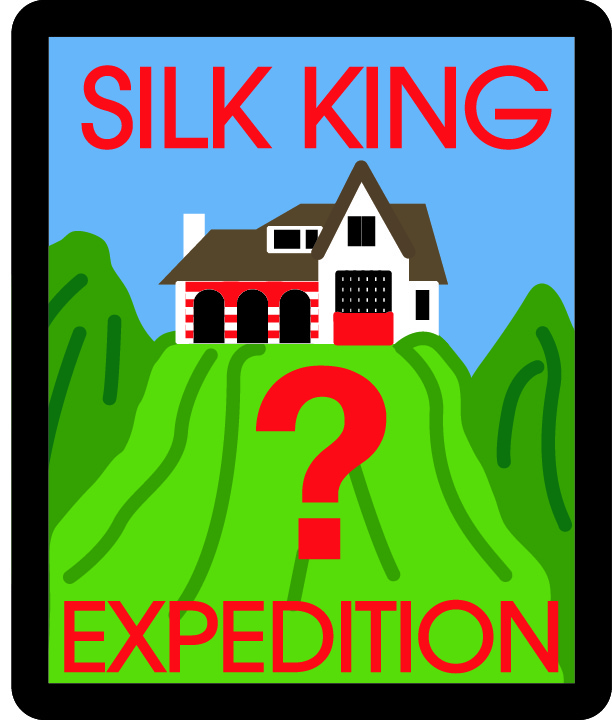
The logo/patch of the Toulmin Silk King Disappearance Expedition, undertaken in 2013 in the high jungles of the Cameron Highlands in peninsular Malaysia.
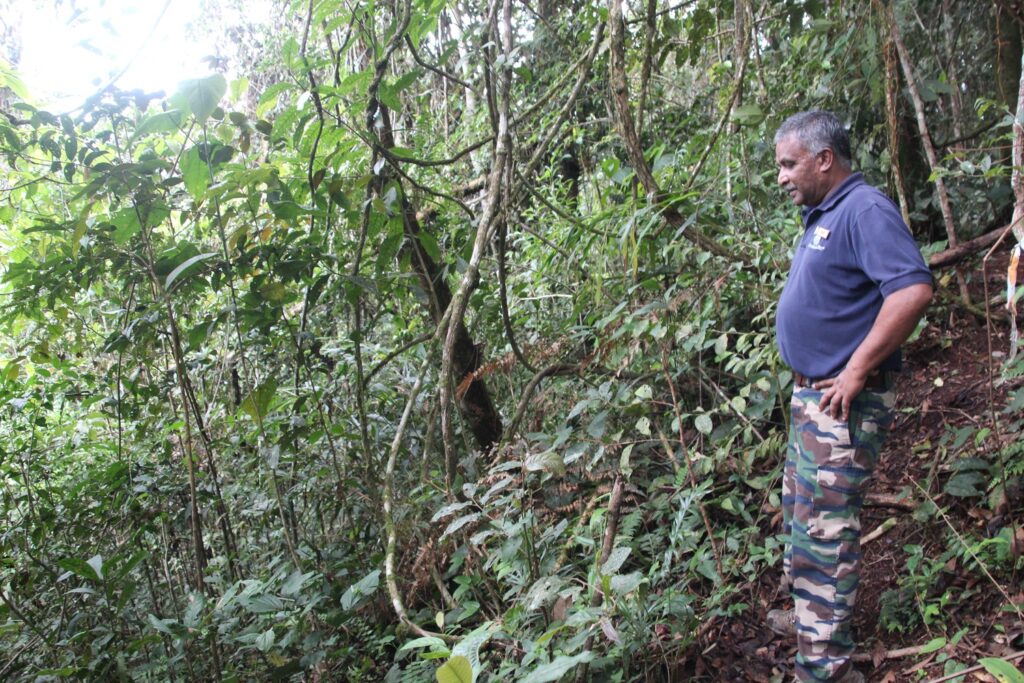
Local resident and historian Madi guided me in 2013 along the “Jim Thompson Mystery Trail,” just west and downhill from the Moonlight Bungalow. Note that the “trail” is more of a narrow dirt goat track, and the jungle is very thick near the ground. This single canopy jungle could easily conceal a body.
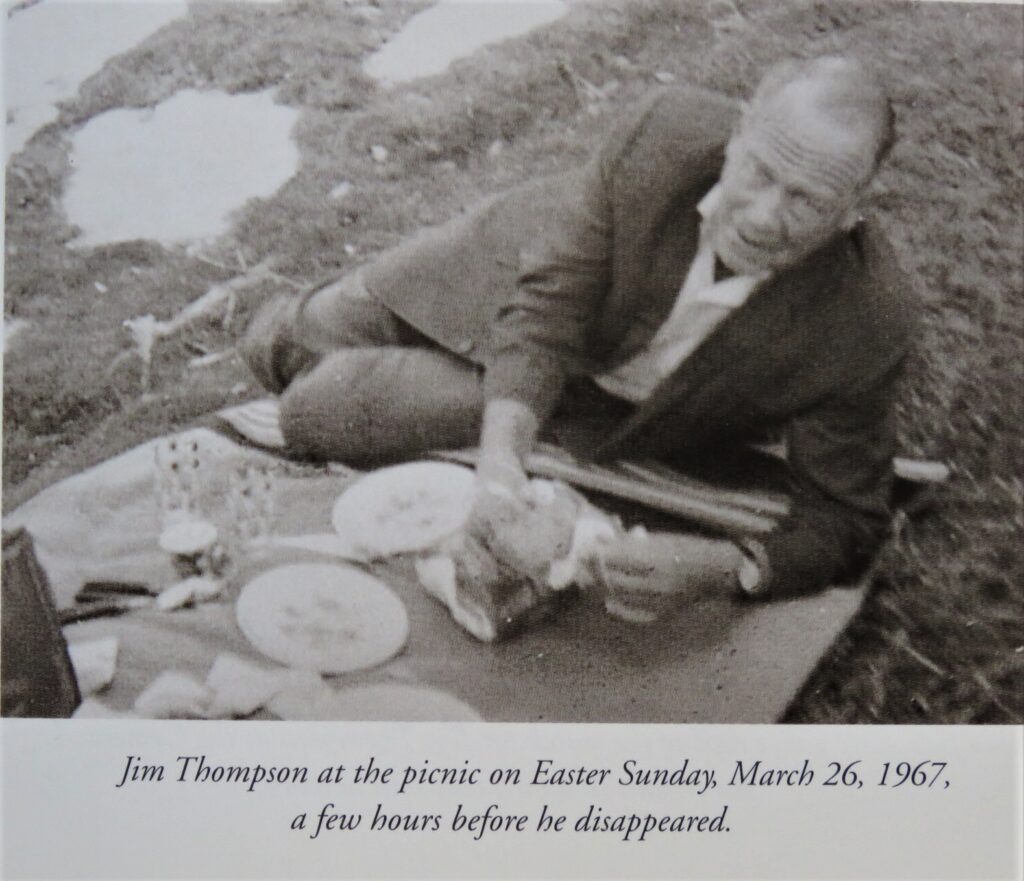
The last photo of Jim Thompson, taken on a picnic on the morning of his disappearance.
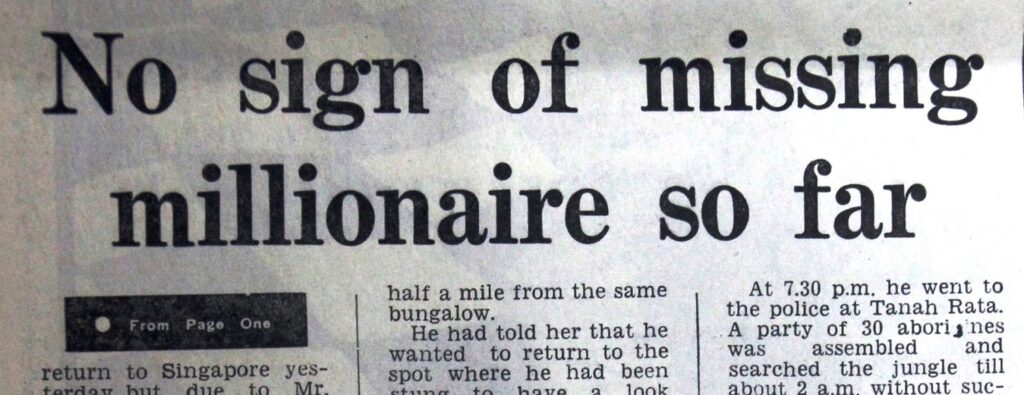
A contemporary headline from Straits Times of Singapore sums up the Jim Thompson case, down to the present day.

